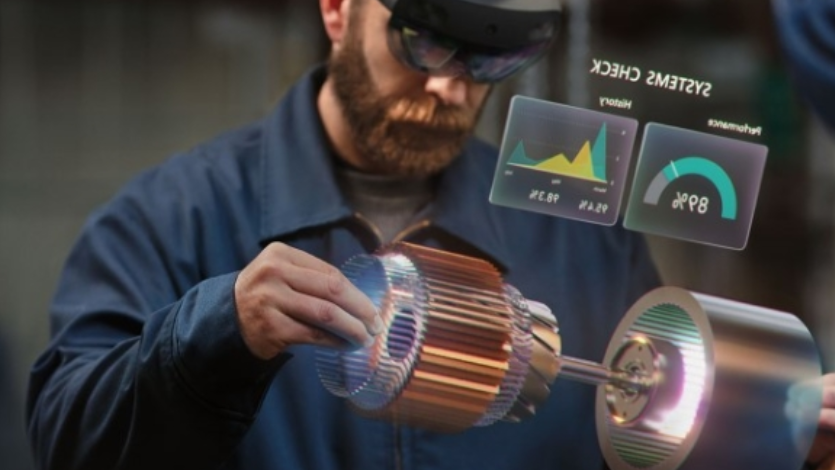The Hololens 2 mixed reality technology helps increase design and manufacturing efficiencies while maximizing social distancing.
Grid Raster Inc., a provider of cloud-based XR platforms that powers high-performance and scalable AR/VR/MR experiences on mobile devices for enterprises, announces it now supports Microsoft Hololens 2 on its XR cloud platform, allowing enterprise customers the ability to leverage the headset for a fully virtual experience in training, design, production and customer service applications.
Powered by cloud technology, Microsoft’s Hololens 2 is a revolutionizing tool for business applications especially during the COVID-19 pandemic, where it is even more important for organizations to practice human social distancing while maintaining design and production cycles. Mixed-reality devices display 3D imagery over what a person typically visualizes in their surroundings. The Hololens 2 offers technology that allows the user to remain fully engaged with their surroundings.
The use case opportunities for enterprises are endless in many industries, such as engineers using the HoloLens 2 to overlay blueprints over aerospace designs, surgeons consulting a patient’s medical records in real time, and automotive employees working on different continents can seamlessly collaborate to build cars while remaining socially distant without sacrificing productivity.
“Even in a pandemic-free commercial world, enterprises are now moving toward an environment where they leverage 3D technology in order to create and execute more precise designs and on the manufacturing floor,” said Rishi Ranjan, CEO of Grid Raster. “The key to powering technology like the Hololens 2 is the cloud, where enterprises can truly leverage this technology and appropriately scale projects while maintaining project efficiencies and across many different devices.”
Cloud-Based Virtual Infrastructures Help Virtual Tech Excel
Enterprise-grade high-quality AR/VR platforms require both performance and scale. However, existing systems such as Microsoft HoloLens 2 and others are severely limited in both aspects. Most enterprises have a rich repository of existing complex 3D CAD/CAM models created over the years. These 3D models may vary in their complexity (such as poly count, hierarchy, details, etc), making it difficult to run and excel within on-premise virtual platform environments, restricted by device limitations. This forces developers to decimate the contents (3D models/scenes) to fit to different mobile devices, spending months in the process and sacrificing on the overall quality of the experience.
Manufacturers are overcoming this great challenge by partnering with providers of cloud-based (or remote server based) AR/VR platforms powered by distributed cloud architecture and 3D vision-based AI. These AR/VR cloud platforms provide the desired performance and scalability to drive innovation in the industry at speed and scale.

